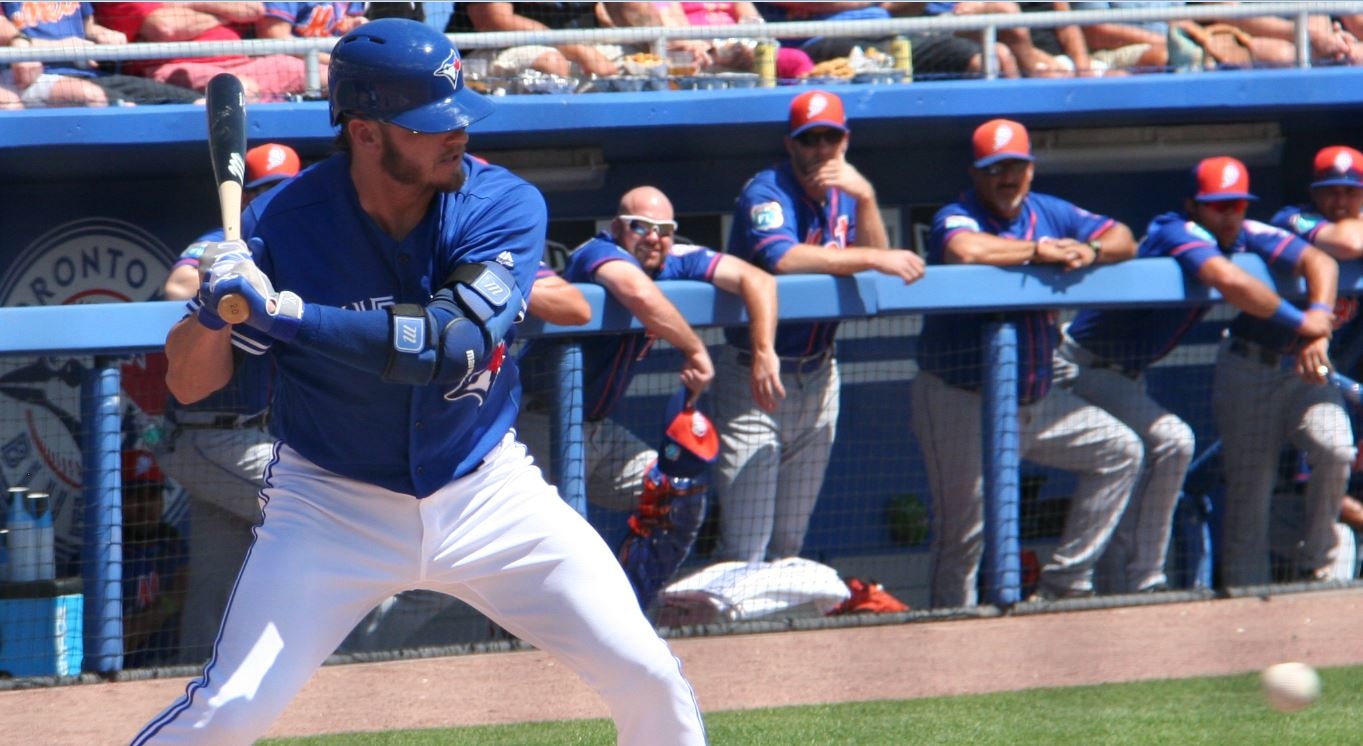Cart
You have no items in your shopping cart

Hitters like Josh Donaldson are taking full advantage of Statcast's advanced analytics and learning an altogether different way to swing the bat.
Had enough of these COVID-19 lockdown doldrums? Well, it seems we may be ready to get back to some semblance of normalcy soon, which means we can start getting back to thinking baseball!
As we slowly move along the downswing of the pandemic, I thought let’s address a concept that is definitely on an upswing among hitting instructors all over the baseball community: the so-called launch angle swing.
UNDERSTANDING LAUNCH ANGLE
First off, let’s dispel the myth: there is no such thing as one single launch angle swing. Rather, there are swing mechanics that, when combined, will help the hitter create a more efficient launch angle; and a more efficient launch angle has been proven (by Statcast’s wealth of accumulated data over the past few MLB seasons) to produce more offense.
If you’re in your 30’s or above and played youth baseball, you were probably taught to hit down on the ball in order to produce liners and grounders, avoiding those easy-to-catch fly balls. This makes complete sense for prepubescent kids, since infielders don’t turn a high percentage of ground balls into outs.
The problem arises when this type of hitting philosophy keeps being drilled into more experienced, higher level players (ages 15 and up). In the Majors, grounders are outs. Infielders’ skill level and opponents’ scouting (see defensive shifts) have combined to reduce ground ball hits to a few rare crumbs.
Two factors make hitting the ball in the air more productive:
Statcast data I spoke about earlier has shown that to get the ball over the heads of infielders, the launch angle must be of 15 degrees or higher (a 0 degree launch angle is a liner at the pitcher’s mid-section and a 90 degree launch angle is a pop-up straight over home plate). As for the slugging sweet-spot, it was determined to be on balls hit at anywhere between a 25-35 degree launch angle, with 33-35 degree strikes producing max distance.
But there is a caveat to this launch angle love affair. There is another critical variable to slugging: ball speed. And this is where hitting instruction gets more complicated.
Because if you tell a hitter to hit more balls in the air, he won’t always be able to hit that desirable 25-35 degree window. In fact, most of the time he won’t, which means many 40-50 degree fly balls with more air-time, so more likely to produce outs.
That is unless those balls are hit at speeds exceeding 95 mph (also called barreled hits). Why 95 mph? Because that is the minimum ball speed deemed necessary by Statcast to produce, in most cases, homerun distance on sweet-spot launch angle hits. And we know outfielders can’t catch homerun balls.
So what is more important: hitting the ball at an ideal launch angle or hitting the ball hard? Trick question. They are both as critical to producing slugging and offense. Which is why the right question instructors must ask themselves is this one:
Which skill is easier to teach: launch angle or barreling the ball?
This one is obviously easier to answer. While barreling the ball is no easy task, it is a much more manageable technical achievement than hitting the precise spot just under the ball’s equator that will launch it within that 10 degree sweet-spot window.
NEW-SCHOOL HITTING INSTRUCTION
Just as there isn’t one perfect swing, there isn’t one ideal swing that will create a more elevated and powerful strike. The key for instructors is to gauge what works best for the type of hitter they are working with.
In general, most hitters should work on barreling the ball more consistently, while more naturally powerful hitters should work on techniques that will favor elevation.
The easiest way to increase the likelihood of barreling the ball is to ensure that the bat stays in the hitting plane of the ball as long as possible. That necessitates a major paradigm shift from what used to be the prevailing swing basics: short stroke with hands going directly down toward the ball.
Conversely, the new school way is an early set of the barrel while the hands stay back, so the bat’s path is straight at the ball’s path and through the hitting zone longer, with a slight uppercut action. As for efficient power, that comes from bat speed, which in turn is produced by optimizing rotational separation between the hitter’s upper (shoulders) and lower (hips) half angles.
This may sound very abstract when explained simply with words, but it covers the basics behind the change in hitting instruction brought about by the current launch angle revolution in baseball.
For a visual or a more detailed look at what I just explained, I urge you to watch this video from The Bringer of Rain himself, former AL MVP Josh Donaldson.
Donaldson is one of the most eloquent students of hitting in the majors. Oh, by the way, we have his Pro Model Marucci bat in store for you too!
So come in store (reopening May 11th) or visit our website to purchase your easy to set-up practice tee and net from Rawlings, Easton or SKLZ and start working on your launch angle mechanics today!
If you are a youth baseball coach, please give us your take on launch angle. Post your comments below.
Comments
Be the first to comment...